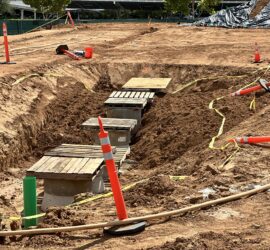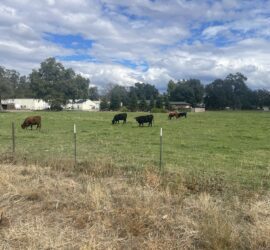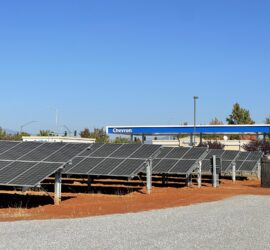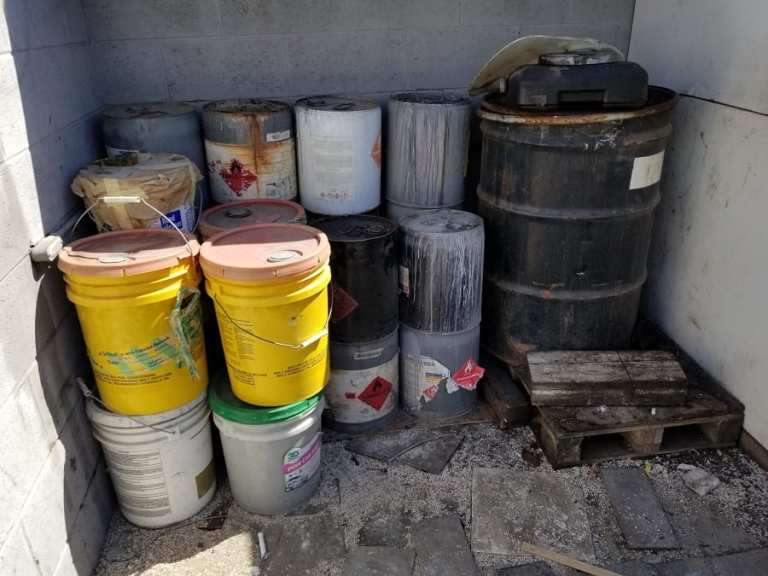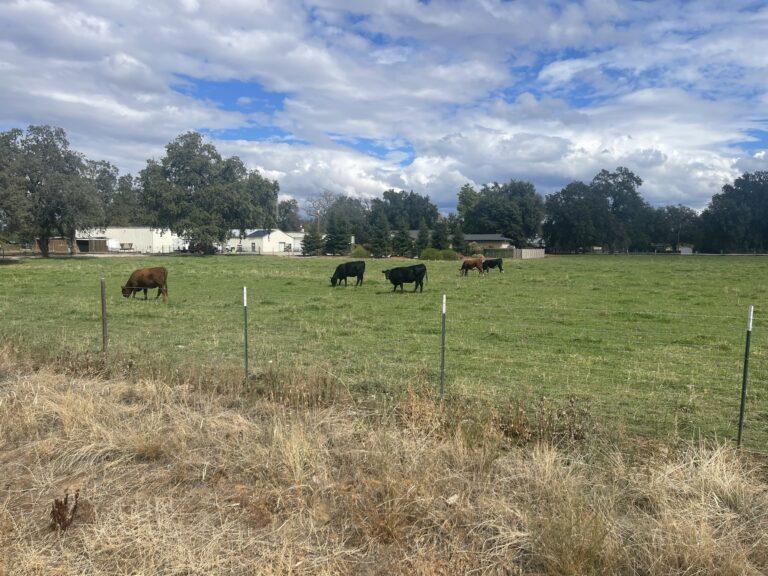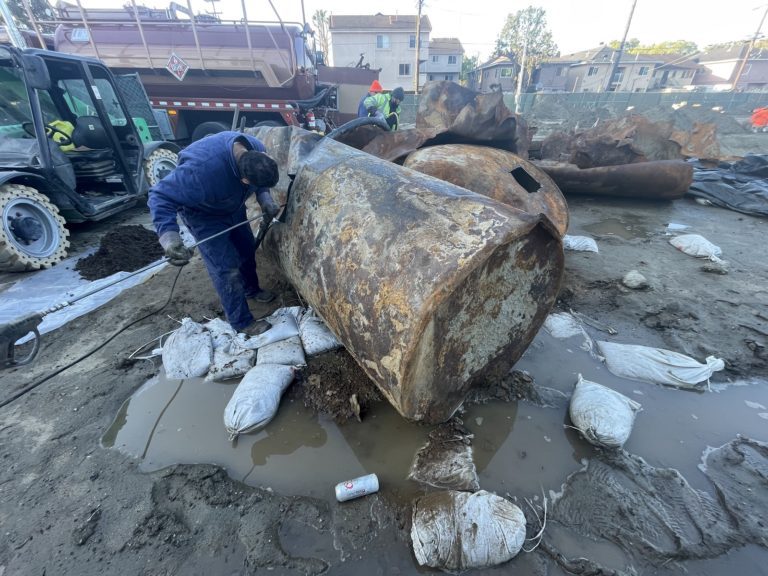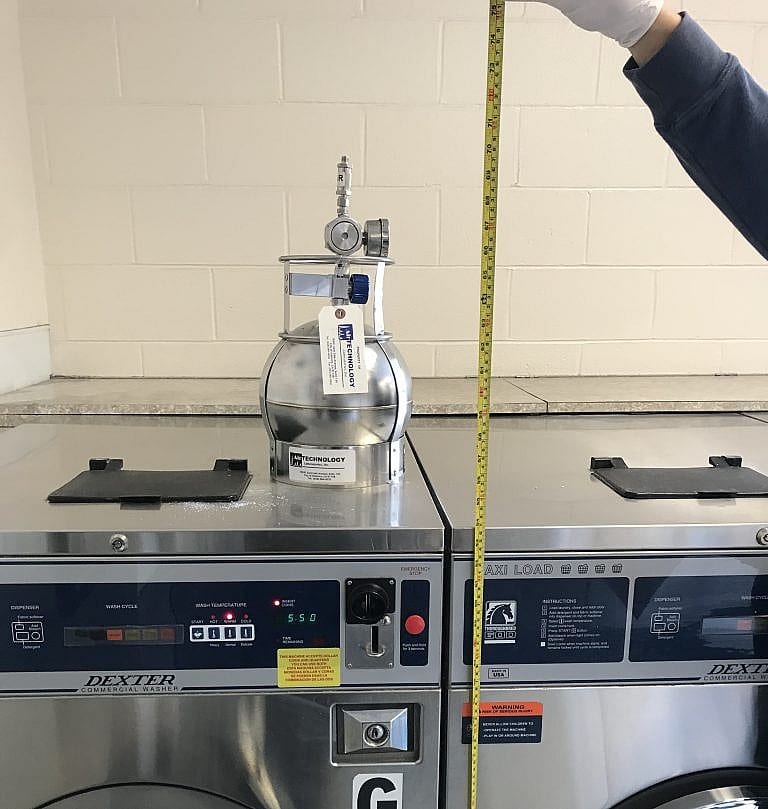Phase 2 Environmental Screening Level
Phase 2 Environmental Screening Level Numbers are comparative concentrations of chemicals in soil or soil-gas, which represent a threshold for human health concern. In a Phase 2 Environmental Site Assessment, these numbers are tools to compare directly with the contaminant detection on site. As a result, a practical risk assessment decision is made. Environmental screening level numbers can vary, depending on jurisdiction and degree of regulatory oversight. For example, in San Francisco, California, “ESLs” are the applicable Phase 2 environmental screening level. Furthermore, screening levels tend to evolve, as ongoing research programs develop more data. Updated April 9, 2024.
Commercial Real Estate vs. Residential Land-Use
In an effort to provide context for Phase 2 ESA results relative to a site’s land use, Phase 2 Environmental Screening Level Numbers apply for residential and commercial purposes. For instance, there is a lower anticipation of exposure to subsurface vapors at commercial properties. This is because occupants are nominally present approximately 40 hours a week. Thus, commercial environmental screening levels tend to have a higher threshold limit. On the other hand, there is a higher anticipation of exposure to toxic vapors at residential properties. This is because occupants are nominally present 168 hours a week. As a result, residential screening levels tend to be more conservative and have a lower threshold limit.
During a Phase 2 ESA, if the existing development includes residential land use, it is most appropriate to primarily compare results to residential screening levels, and secondarily to commercial screening levels.
DTSC-H.E.R.O Note 3 Screening Levels
The California Department of Toxic Substance Control, or the DTSC, provides screening levels to apply as a tool for evaluating human health risks. The acronym “H.E.R.O” stands for the Human and Ecological Risk Office, which is a division that administers human health risk assessment guidelines. Per the DTSC, these Phase 2 Environmental Screening Level Numbers are based on the toxicity factors of various chemical contaminants, as per their potential exposure pathways from the subsurface (typically inhalation). As a result, an attenuation factor applies to subsurface soil gas concentrations, for a direct comparison with indoor air quality guidelines. The attenuation factor and indoor air screening levels are derived from the DTSC HERO Note 3 user’s guide.
H.E.R.O. Attenuation Factor Applications
In conformance with the DTSC requirement, the attenuation factor serves as a multiplier for soil gas detections. This represents the endpoint concentrations at exposure, after infiltrating into building structures. As of August 2019, the DTSC Vapor Intrusion Guidance states that an attenuation factor of 0.001 should be applied to subsurface detections approximately 5 feet below grade, in order to model potential indoor air concentrations within the structure.
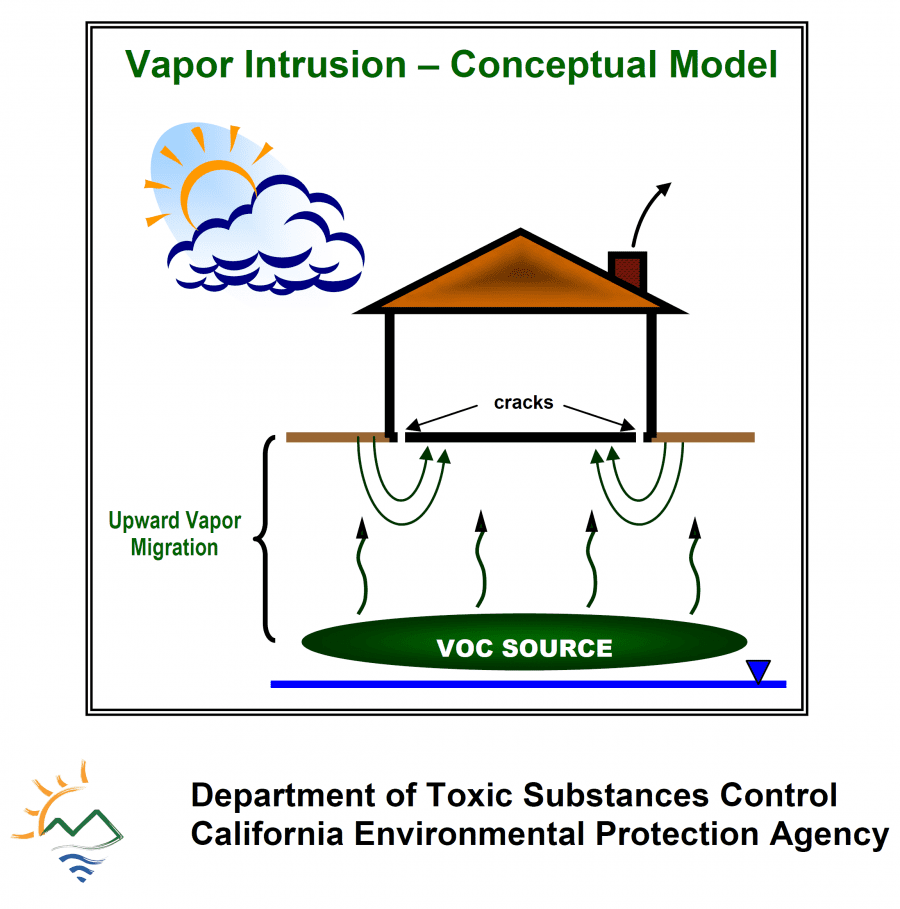
Environmental Screening Levels (ESLs) for Soil-Gas
A primary purpose of Phase 2 Environmental Screening Level Numbers is to help expedite the assessment of potential environmental concerns at contamination sites. For instance, a widely applicable Phase 2 environmental screening level for soil-gas contamination in California is the San Francisco Bay Region State Water Quality Control Board “ESL.” These numbers are a conservative screening level for hundreds of the most frequent chemicals found at contamination sites.
ESLs provide commercial and residential thresholds with an emphasis on human inhalation and toxicity. Equally important, ESLs address attenuation factors for the impact of other media, such as soil, groundwater, and indoor air. Similarly, ESLs focus on a range of sensitive receptor concerns. For example, impacts on drinking water or aquatic habitats. ESLs don’t intend to establish policy, nor do they serve as a regulation standard. However, regulatory agencies have the option to apply them as action levels or clean-up standards to specific sites. This action varies on a case-by-case basis.
Vapor Intrusion Models
Additionally, environmental professionals implement a vapor intrusion model during assessments. In California, standard practice entails running vapor models in conjunction with the DTSC “Guidance for the Evaluation and Mitigation of Subsurface Vapor Intrusion into Indoor Air.” This is also known as the Johnson and Ettinger Model or J&E Model. The model is also an advisory tool. Thus, it is most applicable for predicting indoor air quality, with a basis of soil-gas. For example, the sub-slab soil-gas contamination migration into indoor air space. Alternatively, an indoor air quality test can verify the presence of toxic gas post-migration.
Attenuation Factor
The J&E model produces an attenuation factor that represents the ratio of the indoor air concentration to the subsurface concentration. Indoor air concentrations a merely an estimation, from the Phase 2 Subsurface Investigation data. The United States Environmental Protection Agency (USEPA) programmed the J&E model with a human health risk assessment tool. As a result, the tool calculates the risk estimation, in association with the inhalation of contaminants indoors.
Environmental Variables
The J&E screening level model applies to an additional line of evidence for evaluating vapor intrusion at a site. The model has also been modified by the DTSC Human and Ecological Risk Office (HERO). As a result, the modifications include the California EPA’s toxicity criteria, for “risk calculation.” The J&E model also allows environmental professionals to determine the land use of the site. For instance, commercial scenarios or residential scenarios. In the model, these factors are on the basis of the USEPA’s preset values. For example, exposure frequency of 250 days per year, for 25 years.
The model runs once, for each chemical of concern, at each respective depth. And the results indicate a cumulative “cancer risk factor” and “hazard quotient” for each parameter. It is important to understand that the J&E Model results are not a comprehensive Human Health Risk Assessment (HHRA). Instead, it is simply a scientific estimating tool to determine the necessity for further action. Thus, they typically apply as Phase 2 Environmental Screening Level Numbers.
Incremental Risk from Vapor Intrusion to Indoor Air
In a J&H Model, the “Incremental Risk” from vapor intrusion to indoor air (as carcinogens) is compared to the general point of departure of 0.000001. And this value applies to making conclusions and recommendations. For instance, Incremental Risk values that are less than 0.000001 generally require no further action. Whereas Incremental Risk values which are greater than or equal to 0.000001, but less than or equal to 0.0001, fall within the “risk management” range. This means the site requires stakeholders to determine whether the risk estimates are acceptable or not. Typically, this translates into further investigation and safety evaluations. In the third place, Incremental Risk values which are greater than 0.0001 certainly require further action. Typically, parties proceed with indoor air quality mitigation and contamination remediation.
Hazard Quotient
The “Hazard Quotient” from vapor intrusion to indoor air (as non-carcinogens) represents a site-specific “Hazard Index” (or HI). The Hazard Index compares to the acceptable hazard levels defined by the DTSC and USEPA. This value is unitless and applies to determine whether adverse health effects are likely to exist onsite. In general, HI values larger than 1.0 indicate adverse health effects are possible. Whereas HI values lesser than 1.0 indicate adverse health effects are not likely to occur.
Historical Phase 2 Environmental Screening Level Numbers for Soil-Gas
California Human Health Screening Levels (CHHSLs) are historical Phase 2 Environmental Screening Level Numbers. CHHSLs are now obsolete, per the Office of Environmental Health Hazard Assessment (OEHHA). In fact, the OEHHA now recommends using HHRA Note 3 (DTSC HERO) for Phase 2 Environmental screening level numbers.
CHHSLs are concentrations of chemicals in soil gas that are below the theoretical thresholds of concern for human health risks. These numbers were mainly applicable during the years 2005 to about 2015. CHHSLs were developed by the California OEHHA, pursuant to California Health and Safety Code §57008. In the same way as other screening levels, CHHSLs are not enforceable standards for remedial action. Instead, they apply as tools for screening purposes. Besides, not all potential chemicals of concern have CHHSL values.
Regional Screening Levels (RSLs) & Soil
Regional Screening Levels (or RSLs) are general risk-based concentrations by the EPA for use to evaluate chemicals in shallow soil. RSLs combine human toxicity limitations and standard exposure values to approximate health-protective thresholds for human exposure. RSL values have a base target cancer risk (or TR) of 0.000001. Similarly, RSL values also have a base target hazard quotient (or THQ) of 1.0 and 0.1. These values are the basis of the typical exposure modes. For example: inhalation; ingestion; skin contact; etc.
RSLs are not legally enforceable standards. Instead, they are considerable guidelines to determine if potential risks are associated with soil contamination and help decide upon the necessity of further evaluation. Thus, they are considerable Phase 2 Environmental Screening Level Numbers in modern applications.
Maximum Contaminant Levels (MCLs) & Groundwater
Maximum Contaminant Levels (MCLs) are the national primary standards for drinking water. Unlike the Phase 2 Environmental Screening Level Numbers above, these numbers do serve as regulatory standards. Various Water Boards and environmental agencies enforce MCLs as the baseline for groundwater testing and assessment. MCLs are available for various chemicals. Moreover, the base concentrations have human protective intent. The numbers are a basis of human exposures over a lifetime through direct-contact exposure pathways. For example, ingestion pathways.

